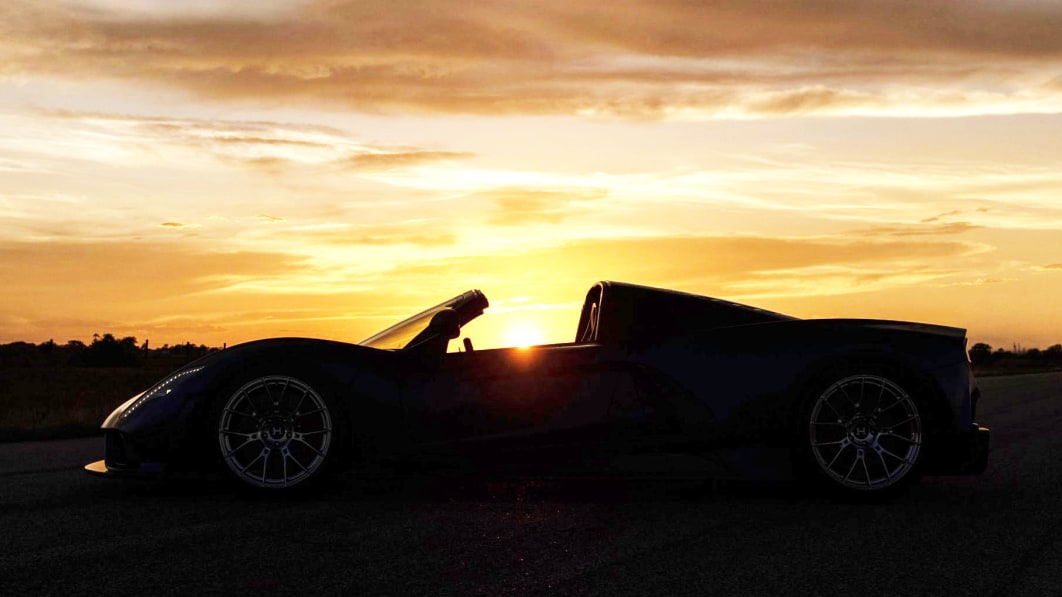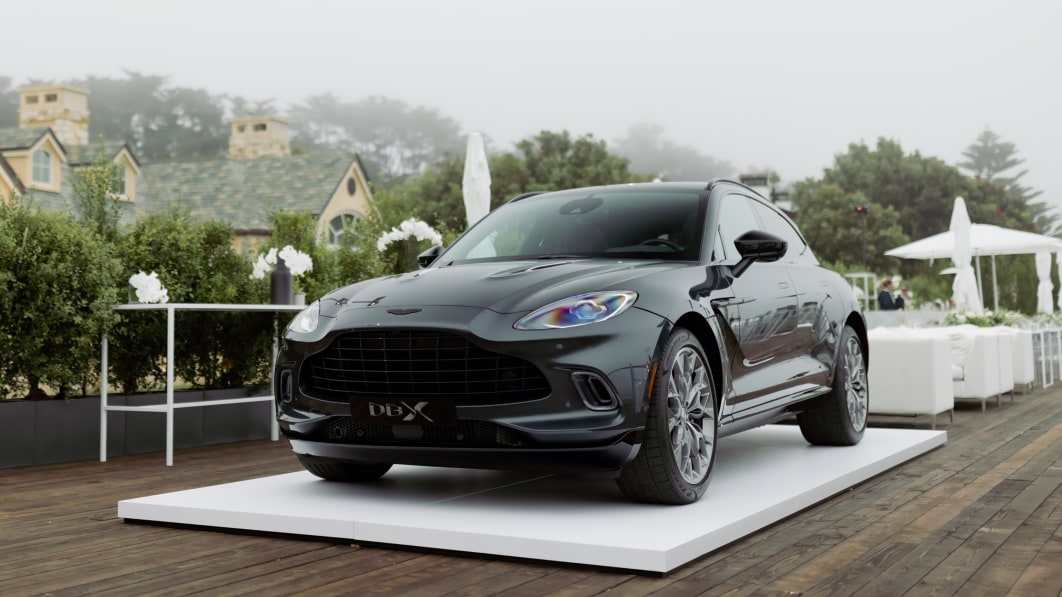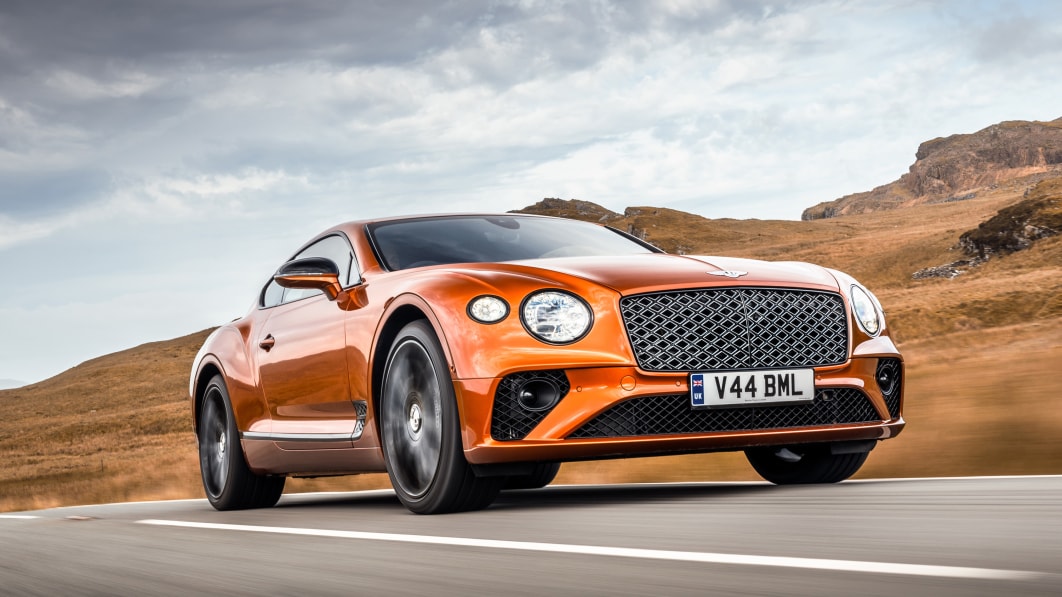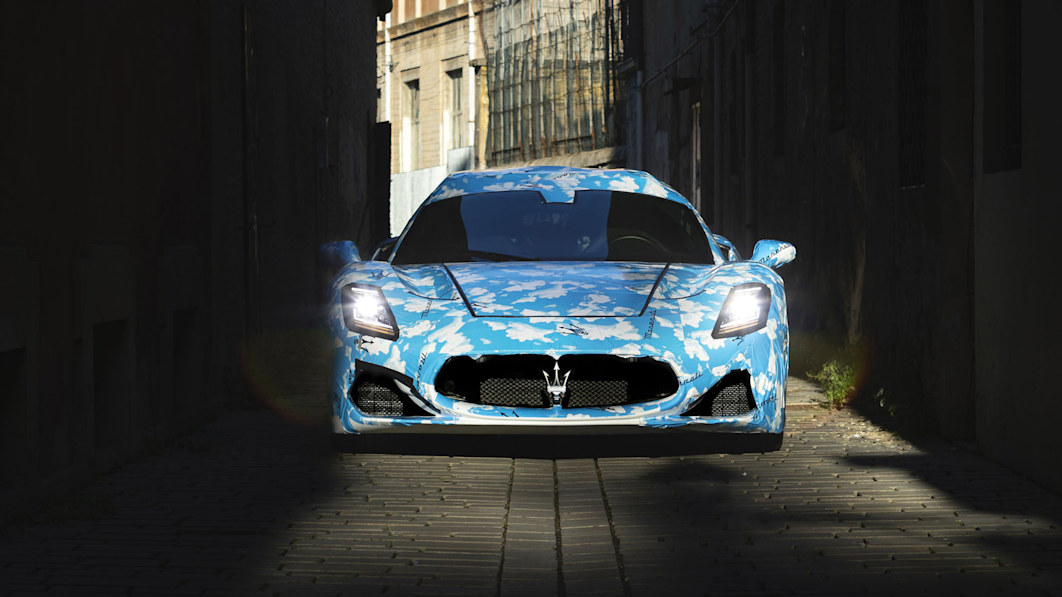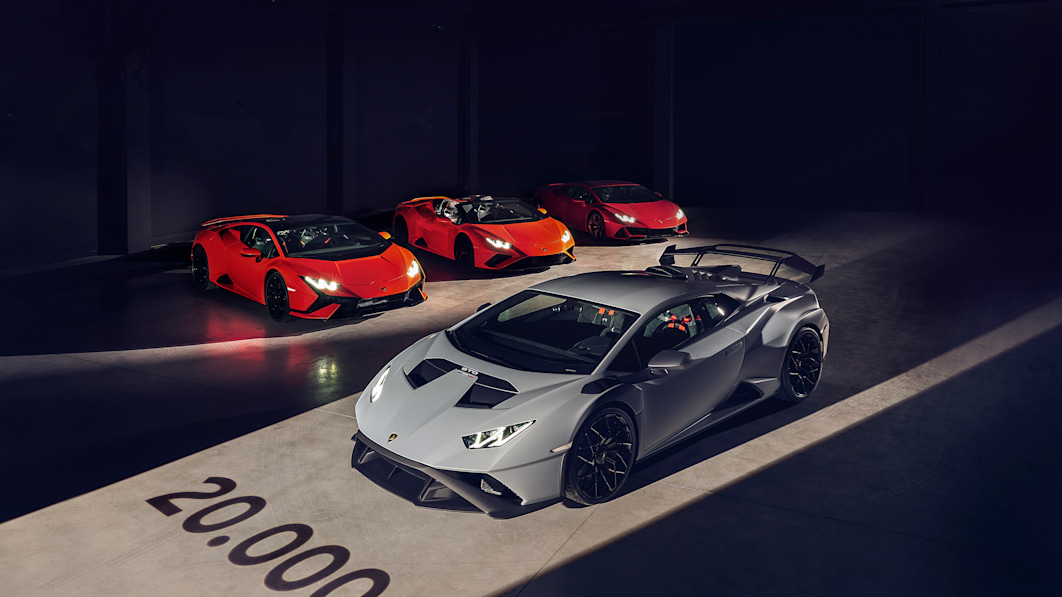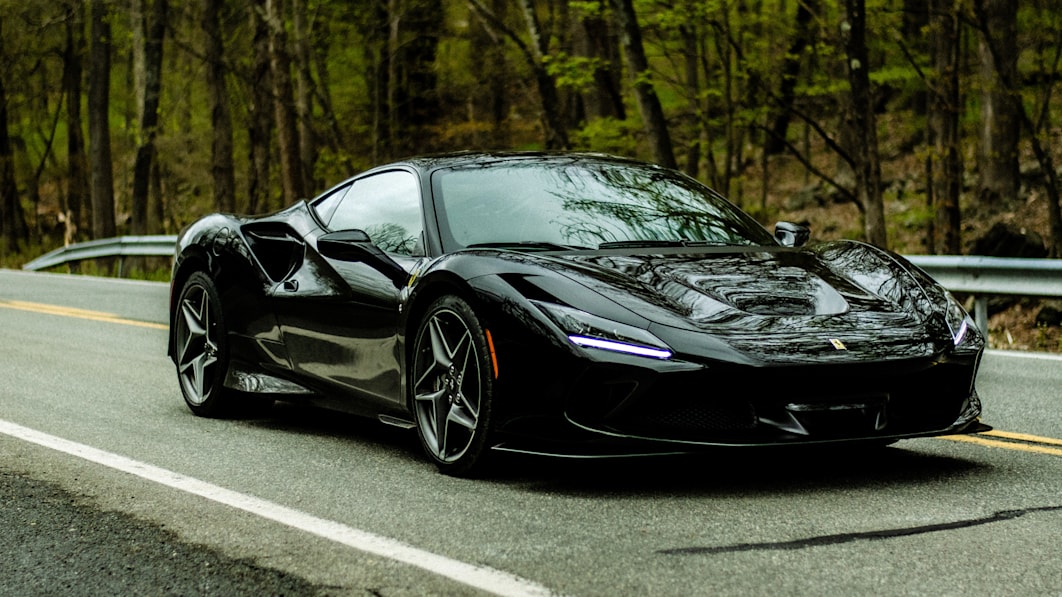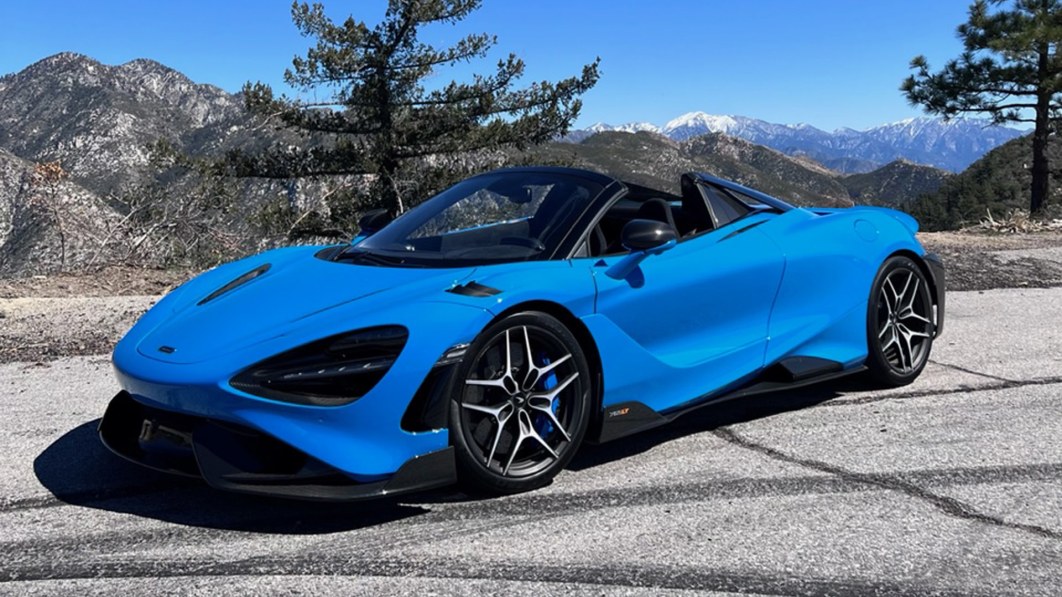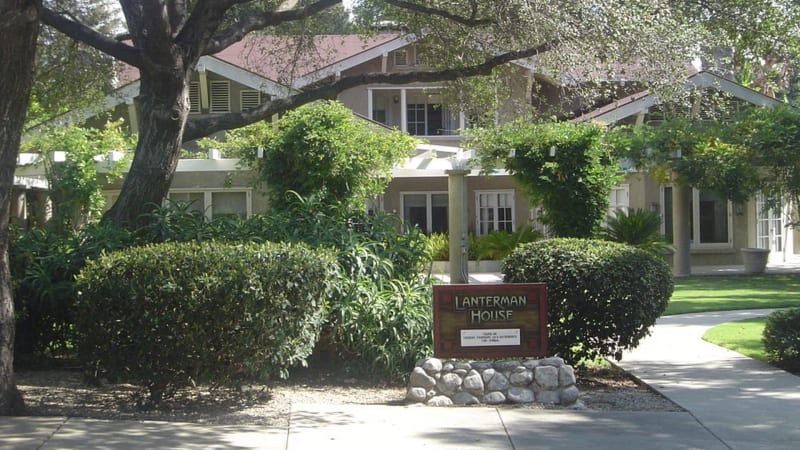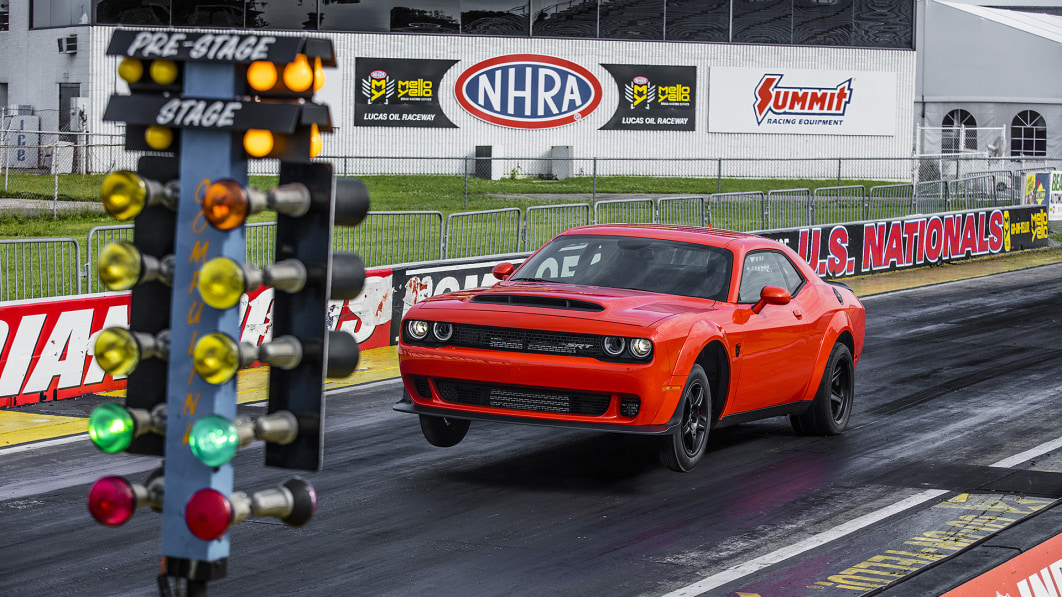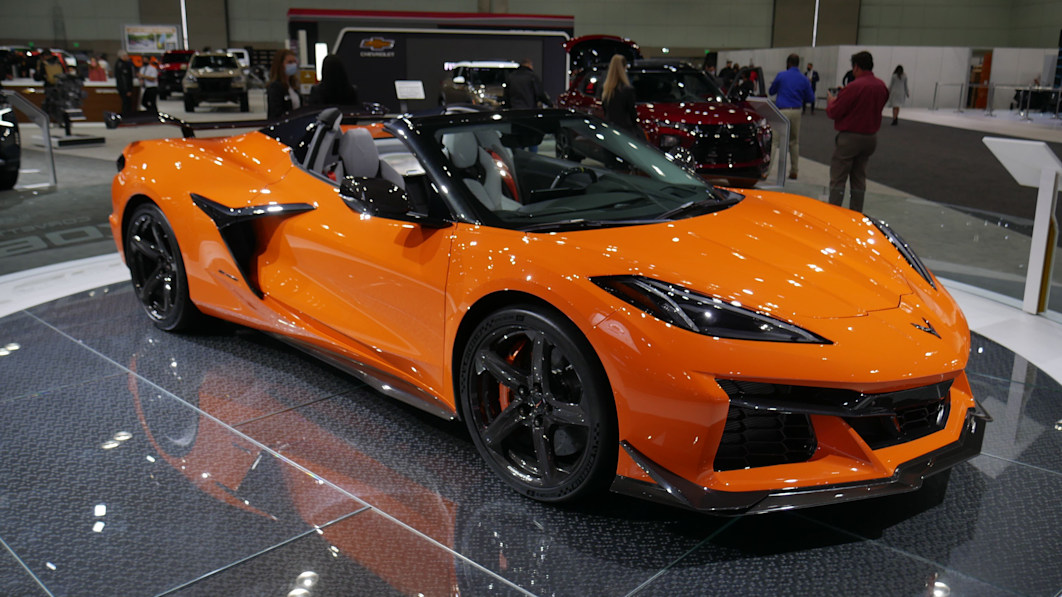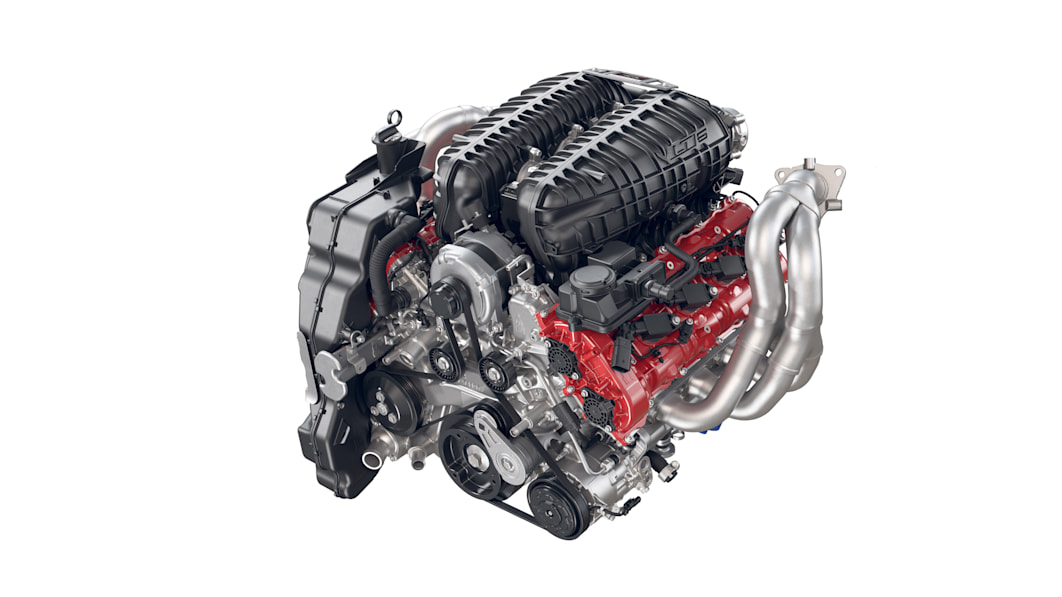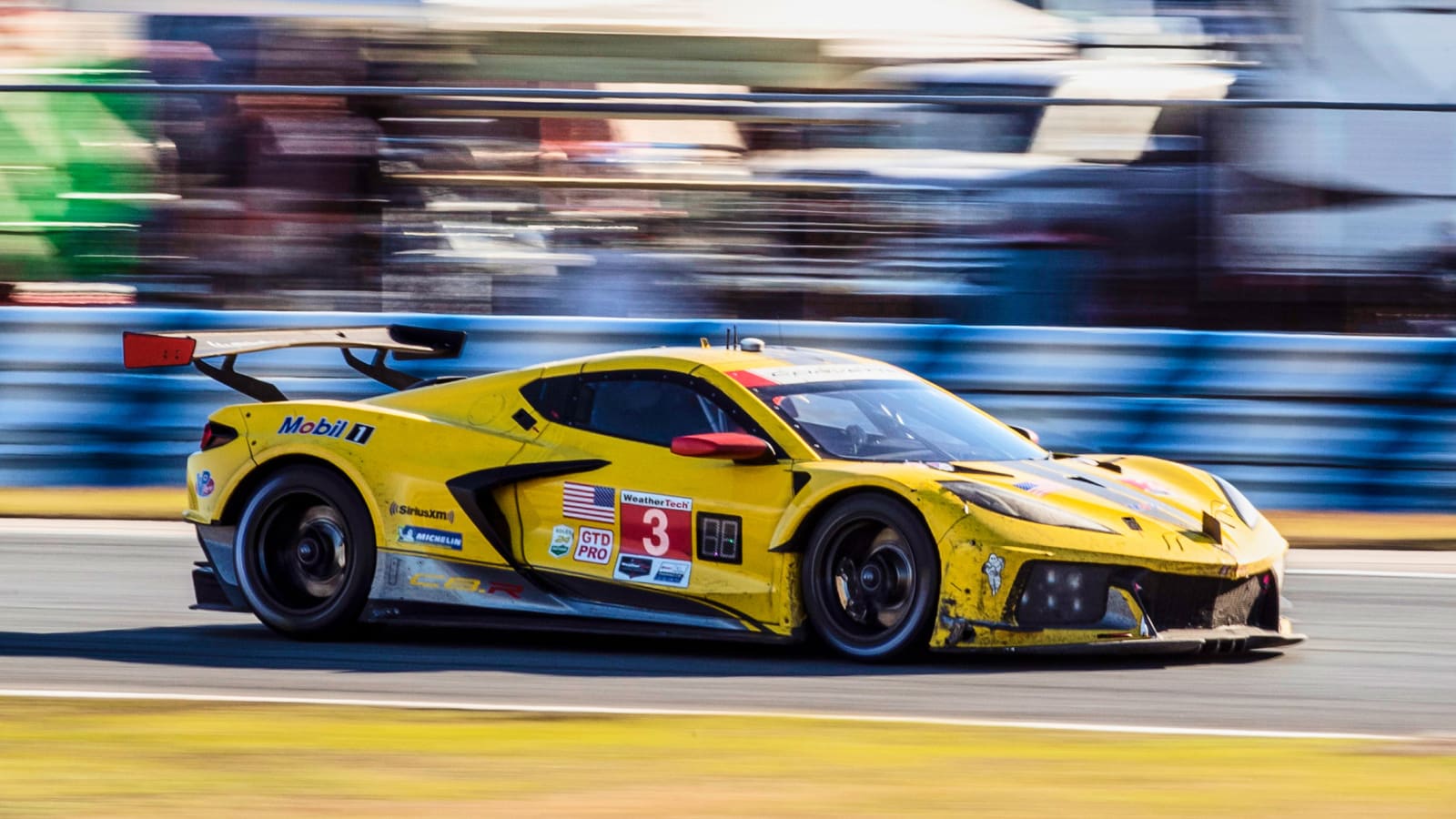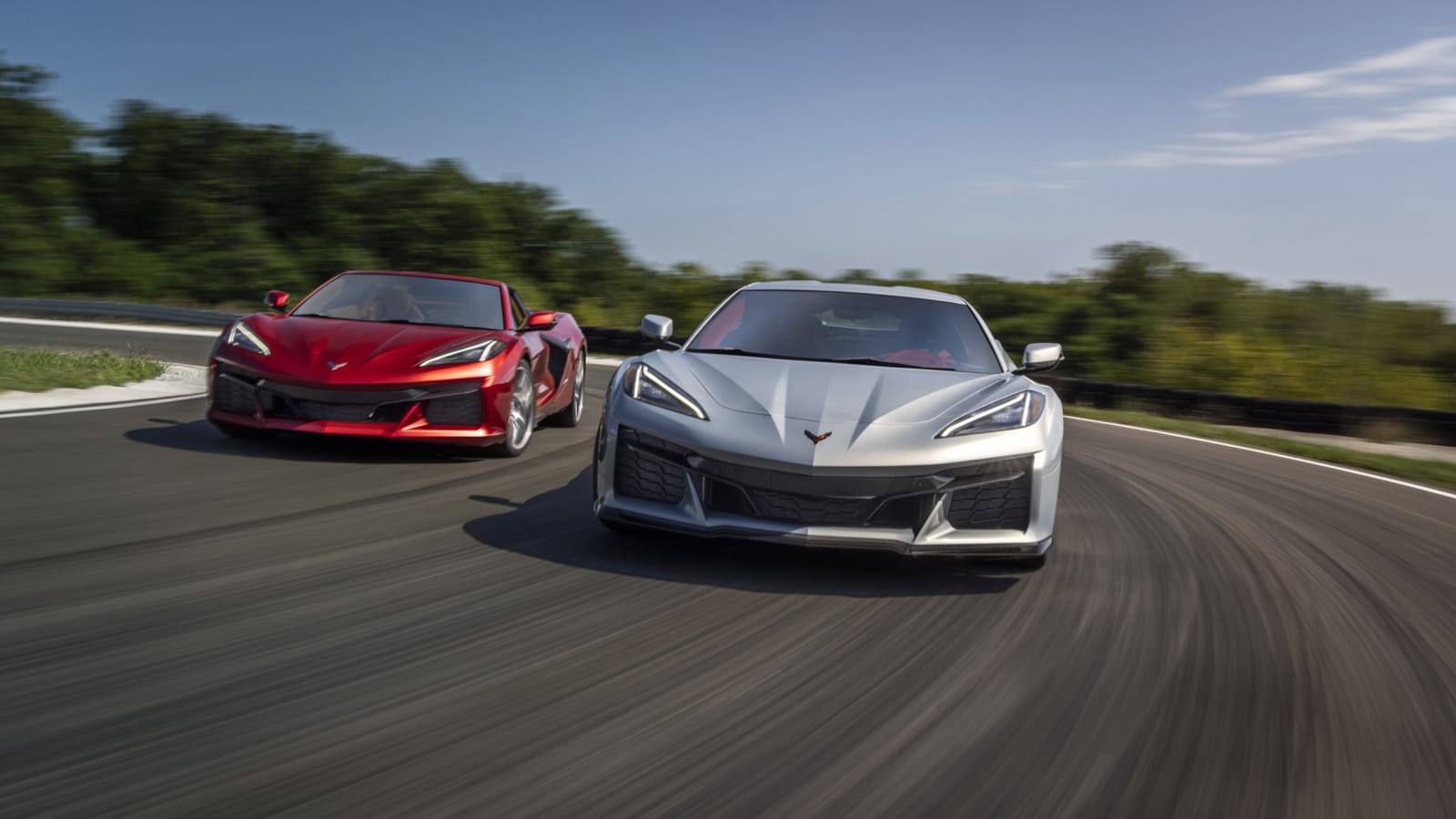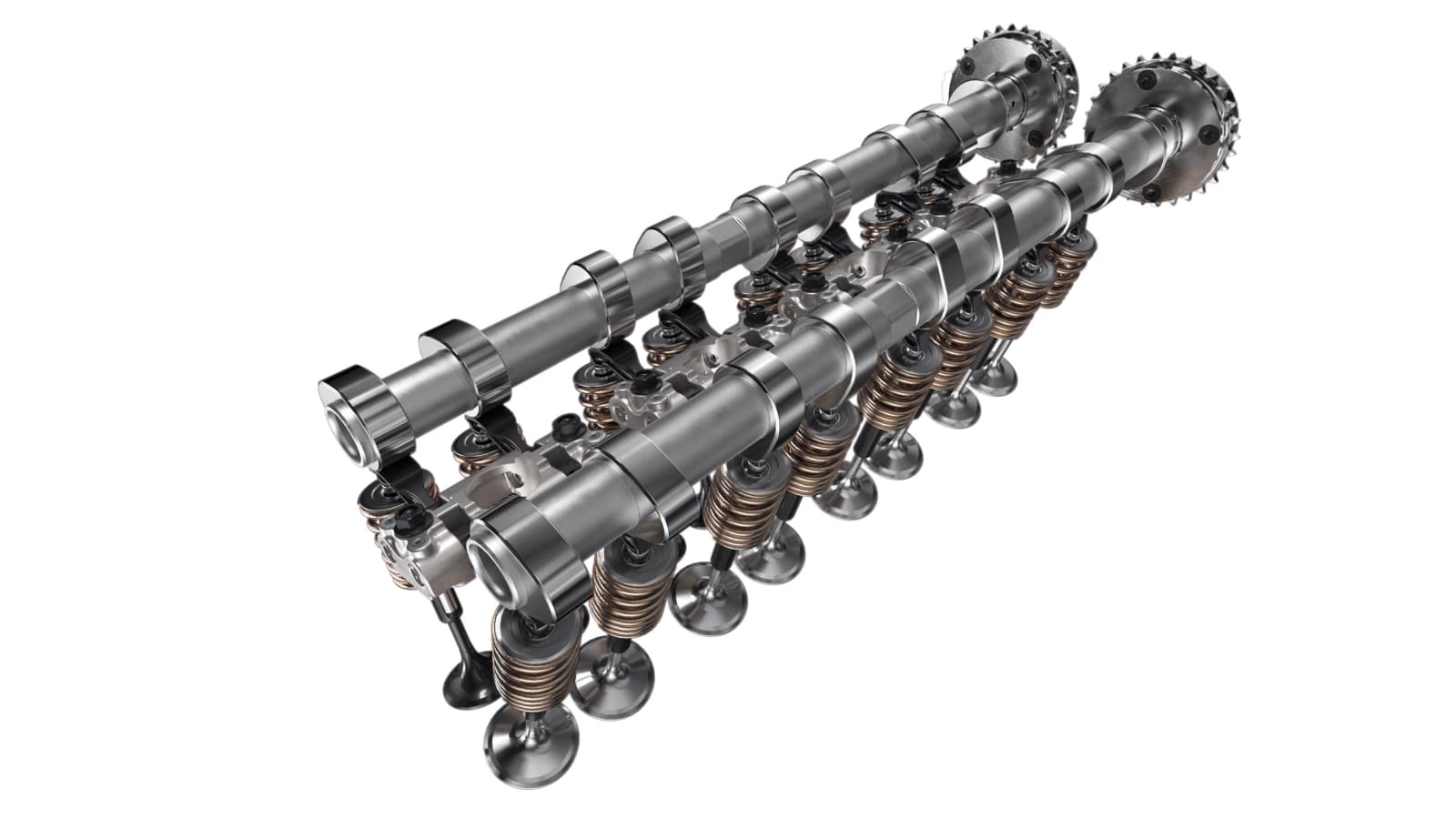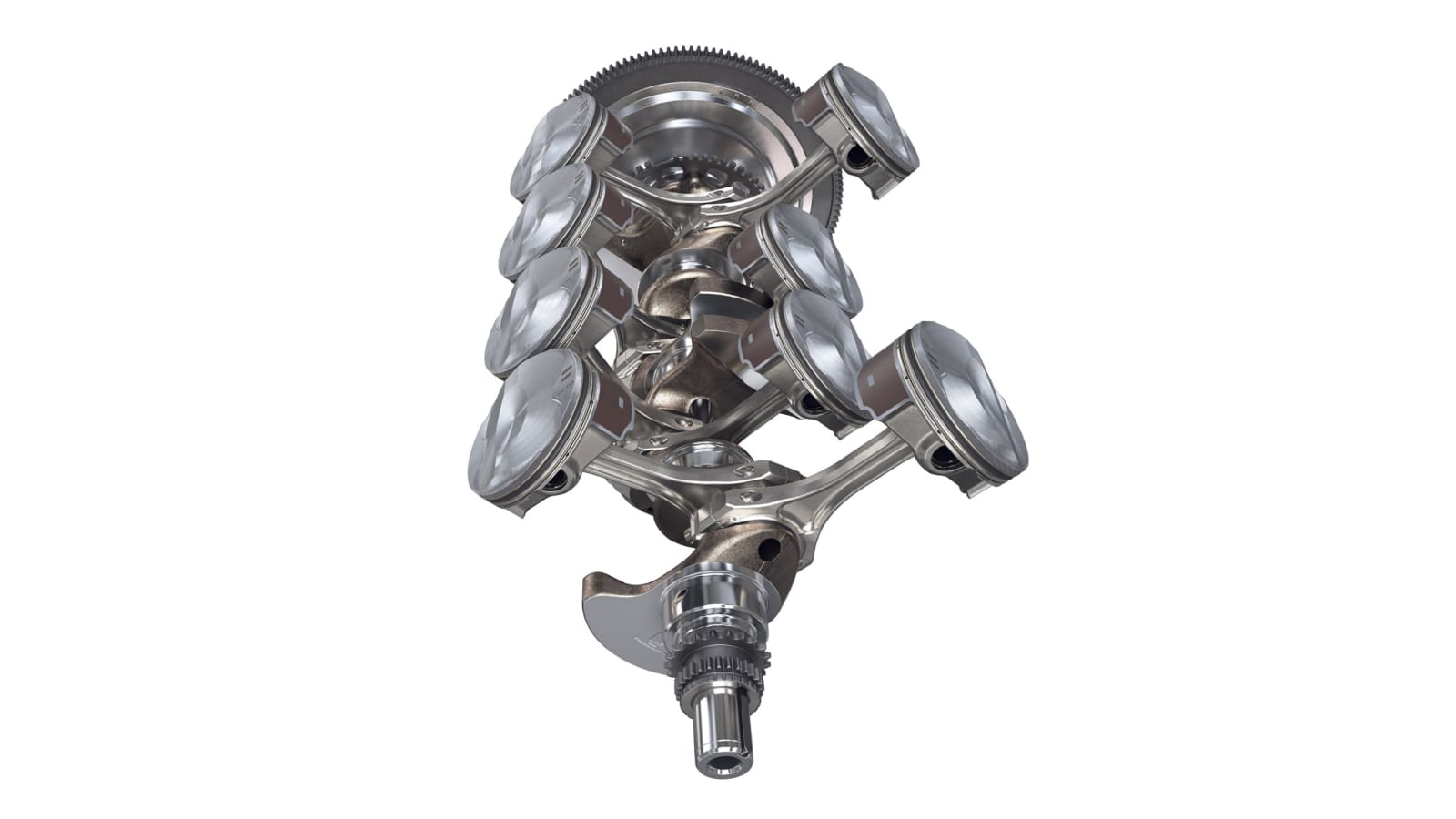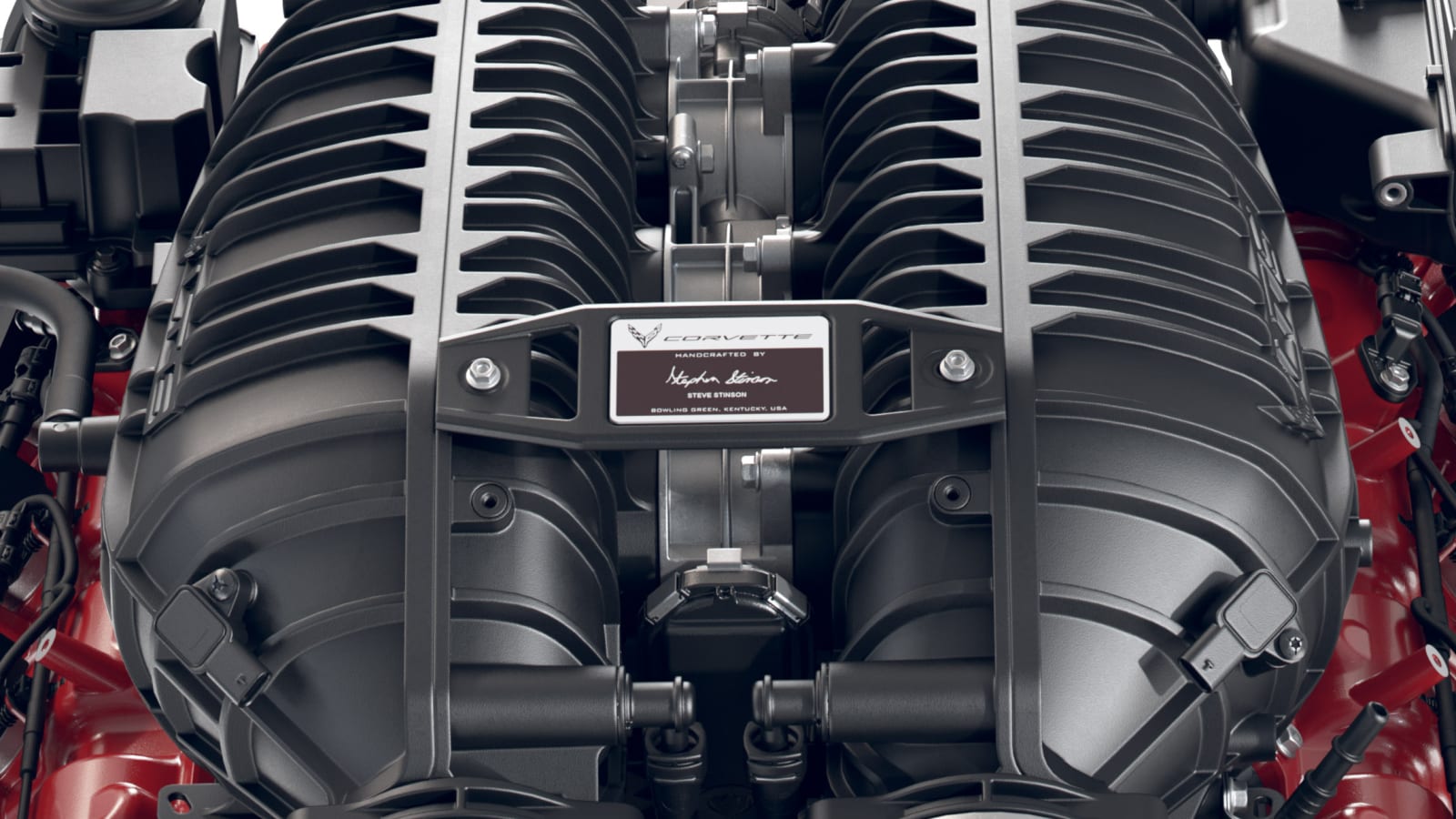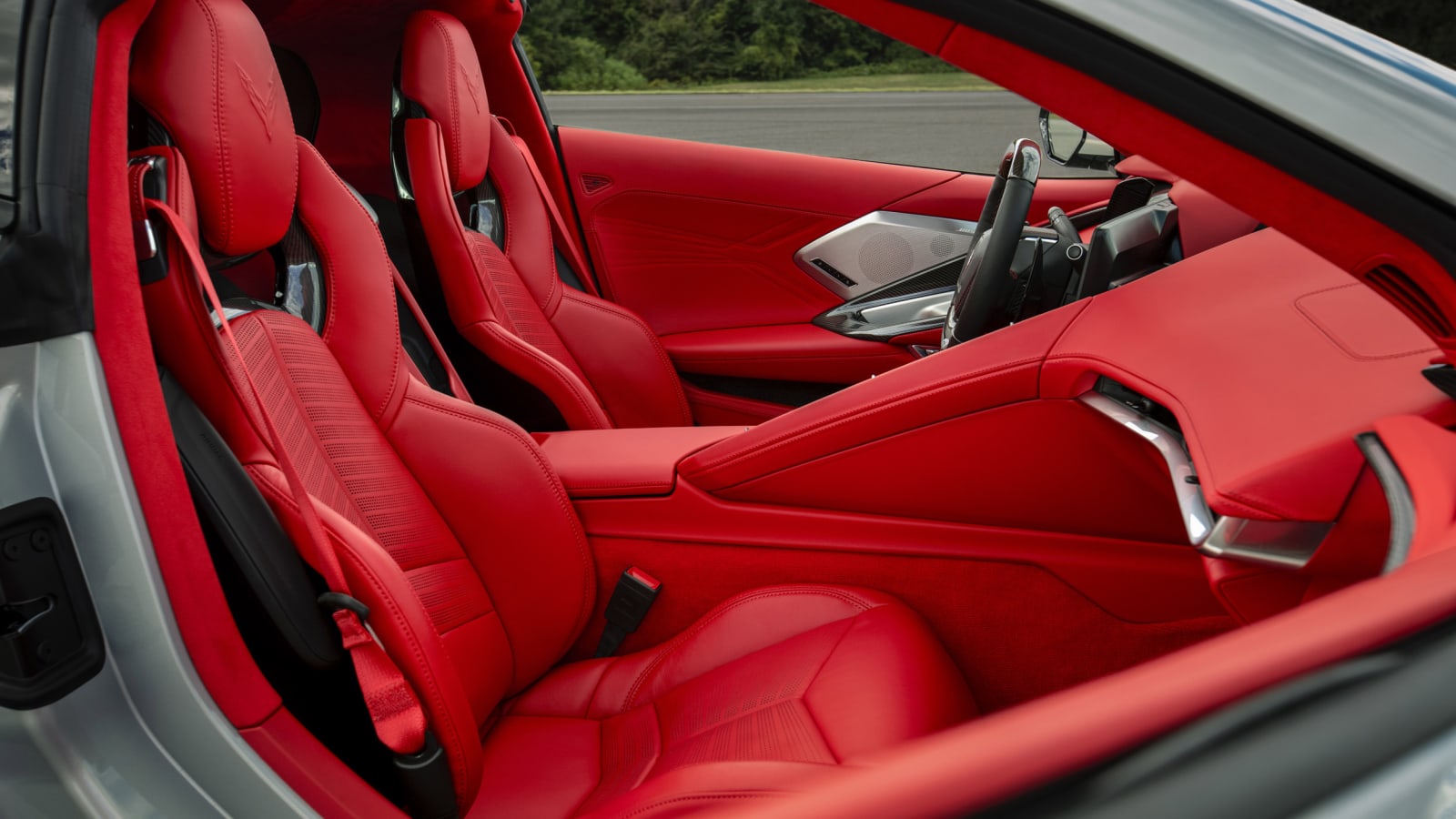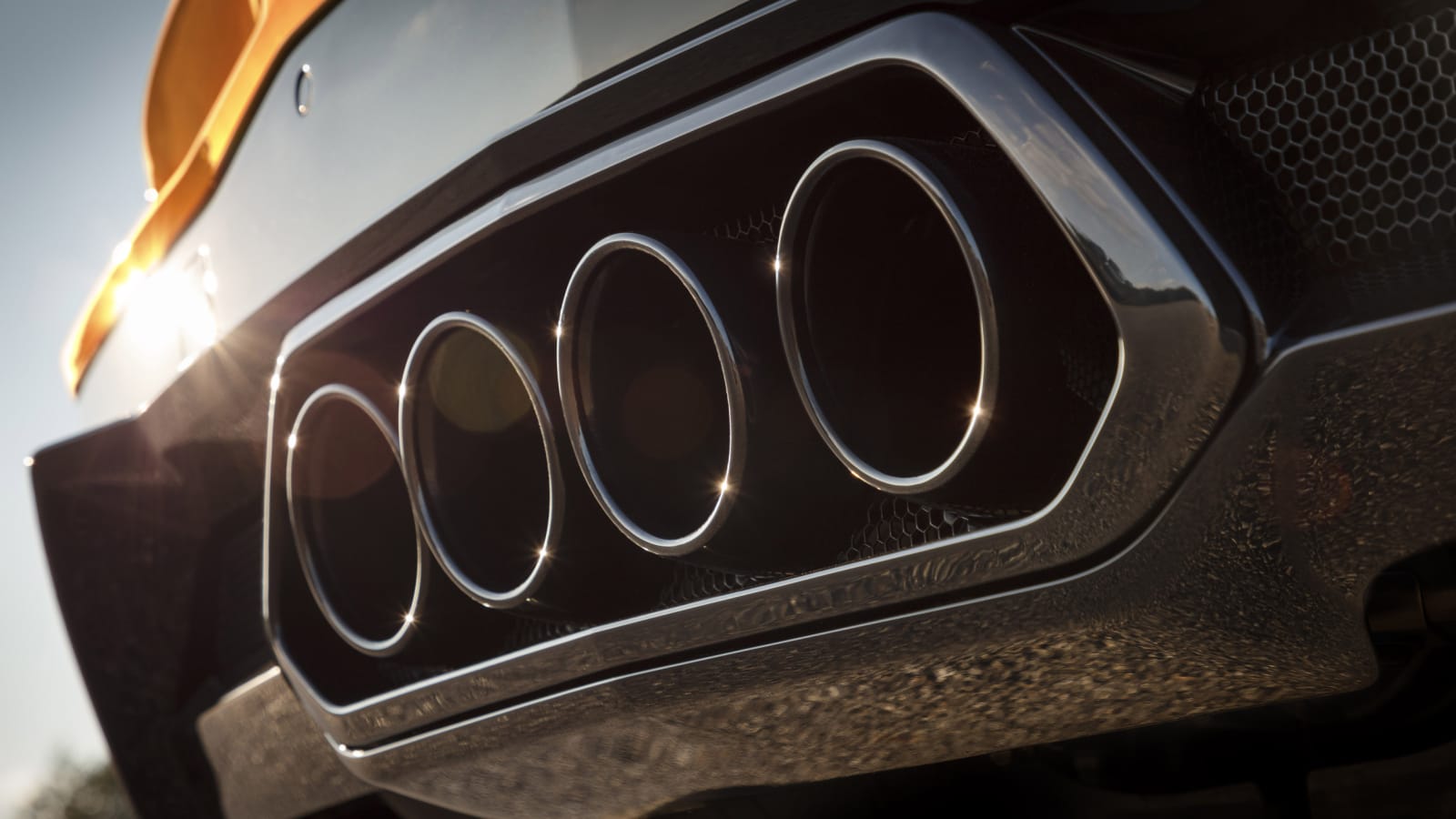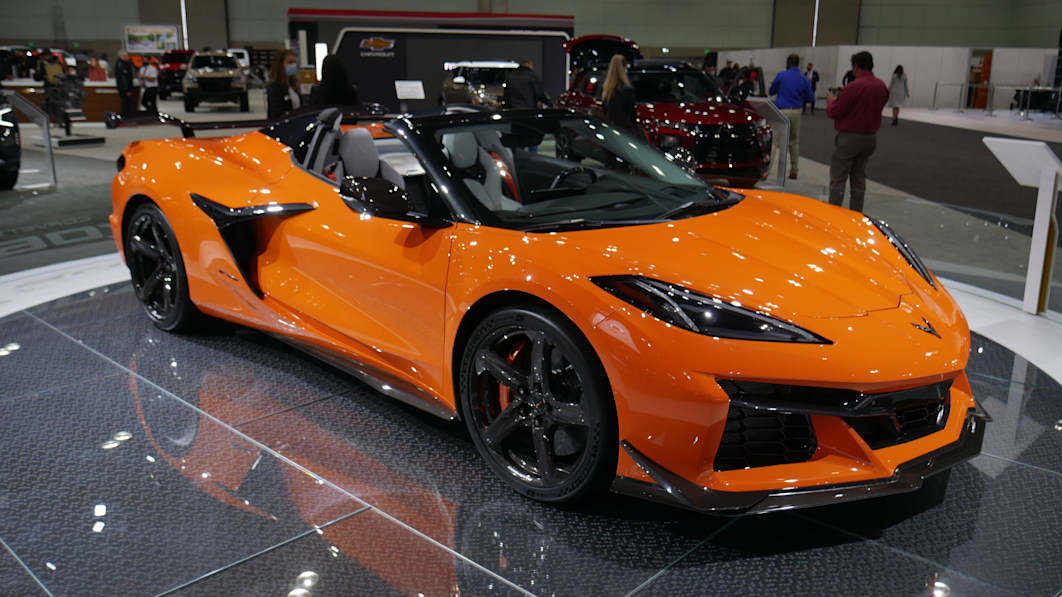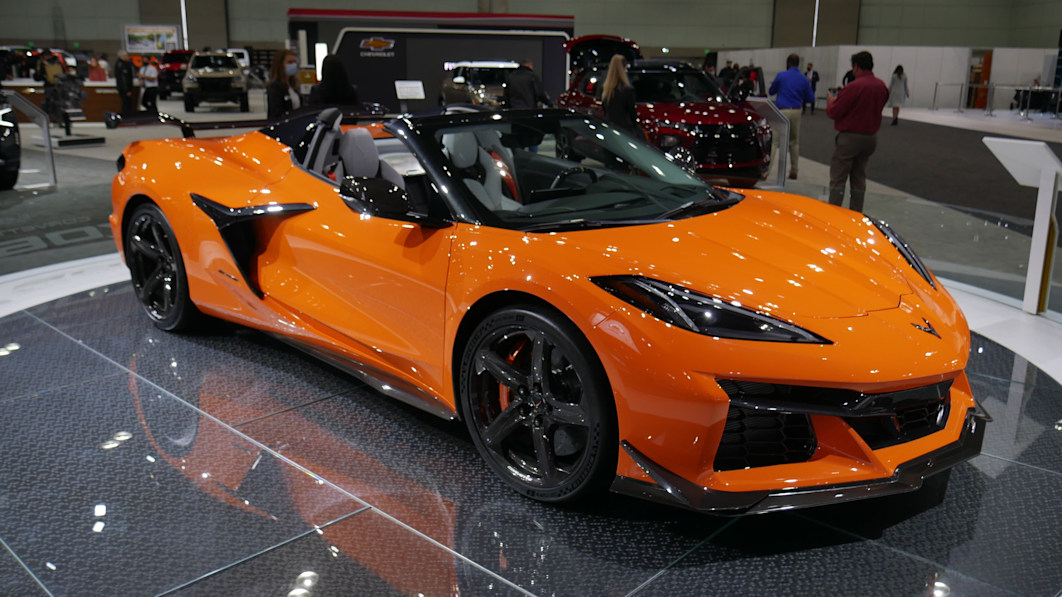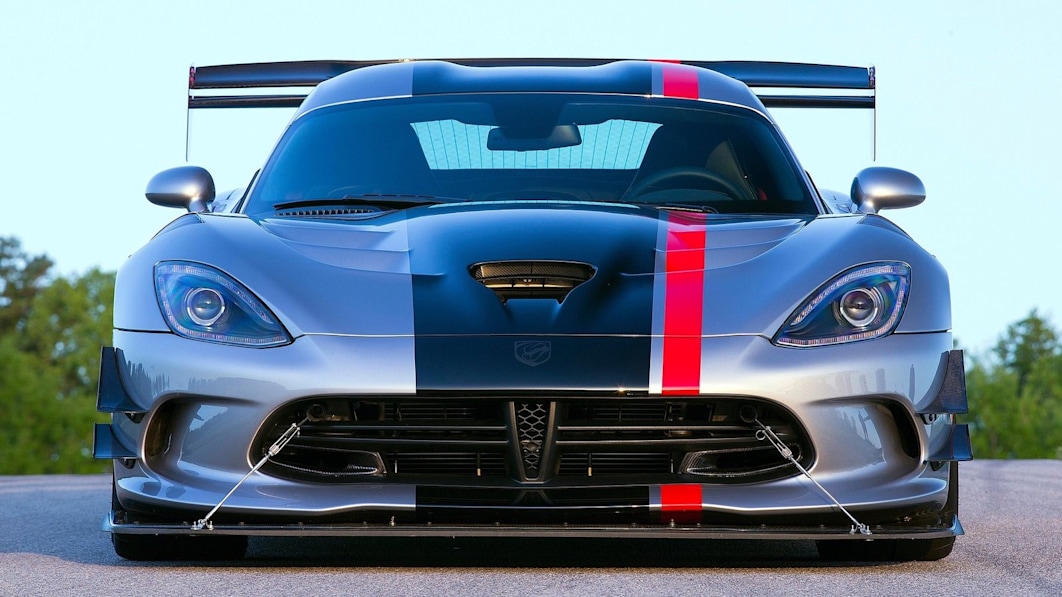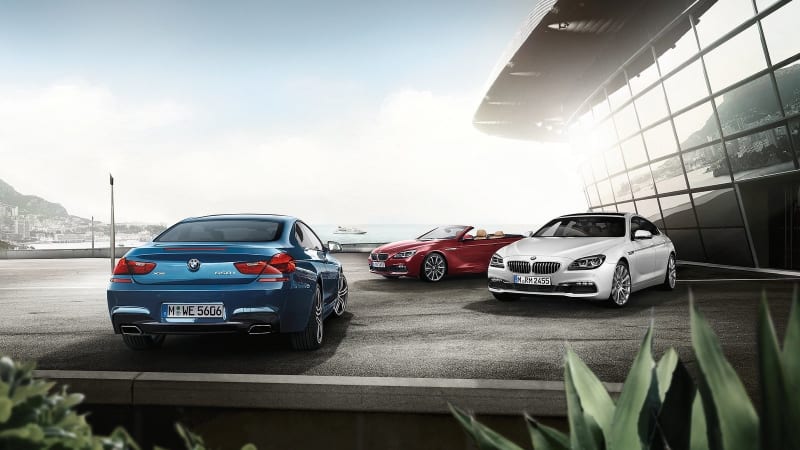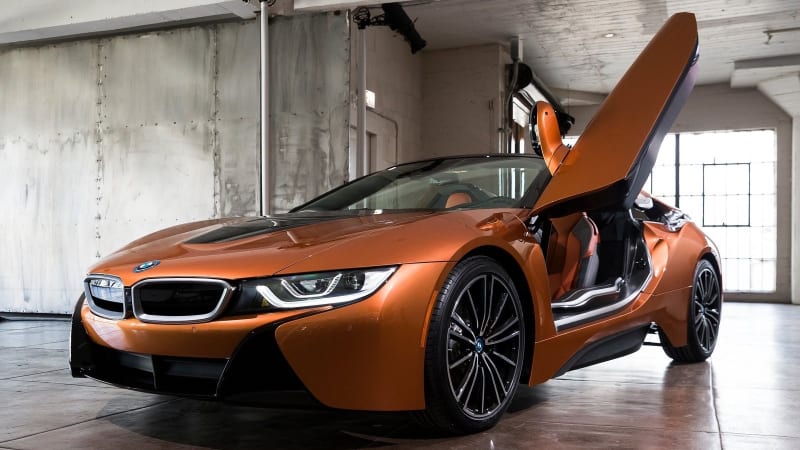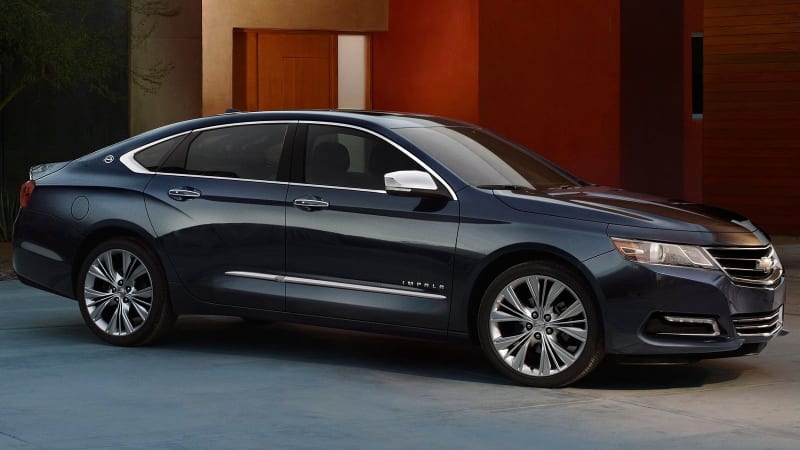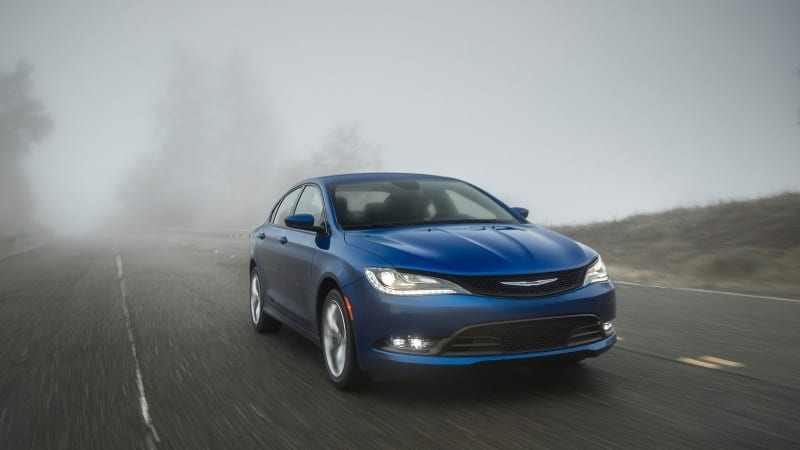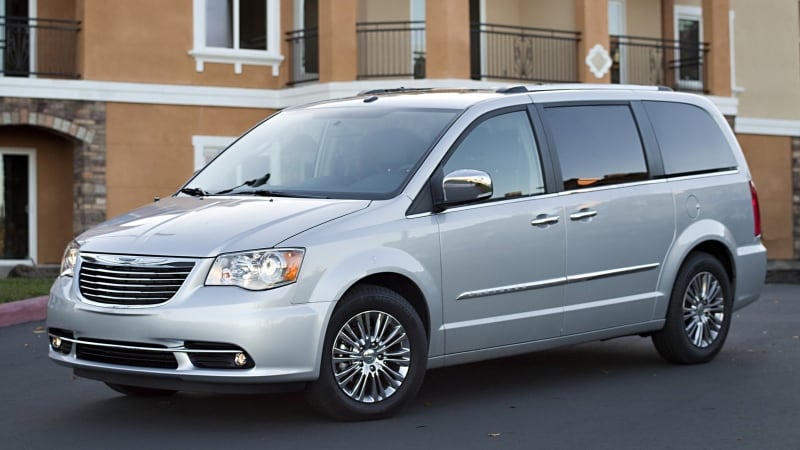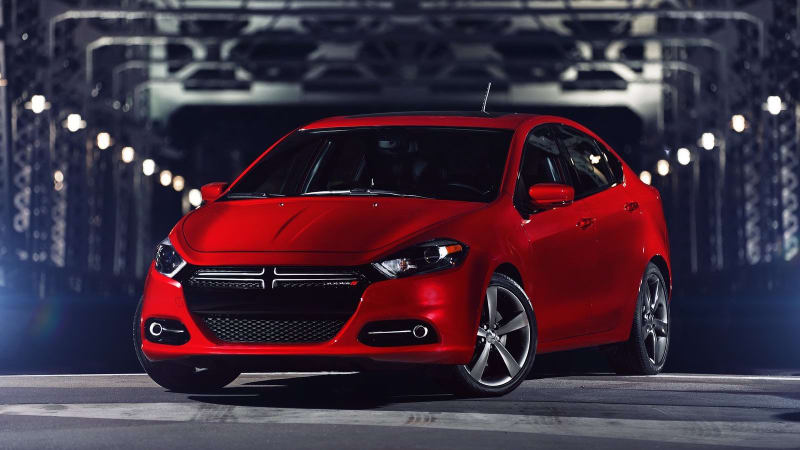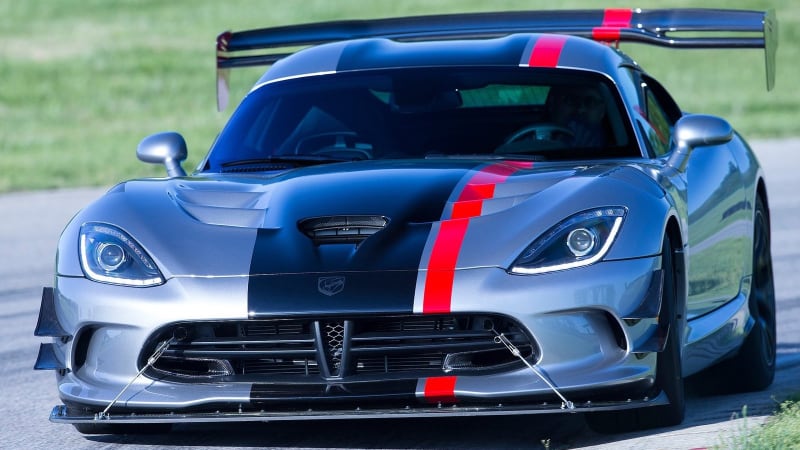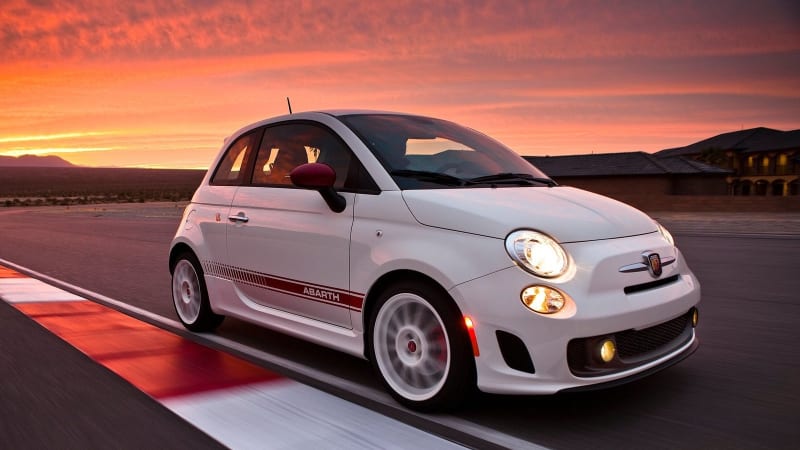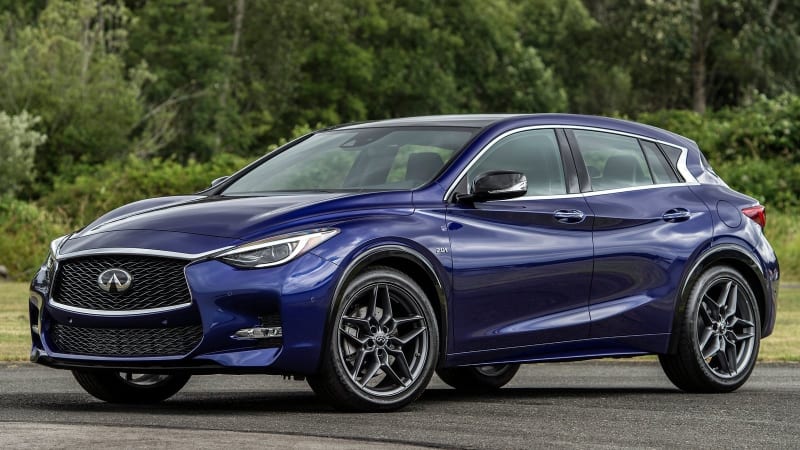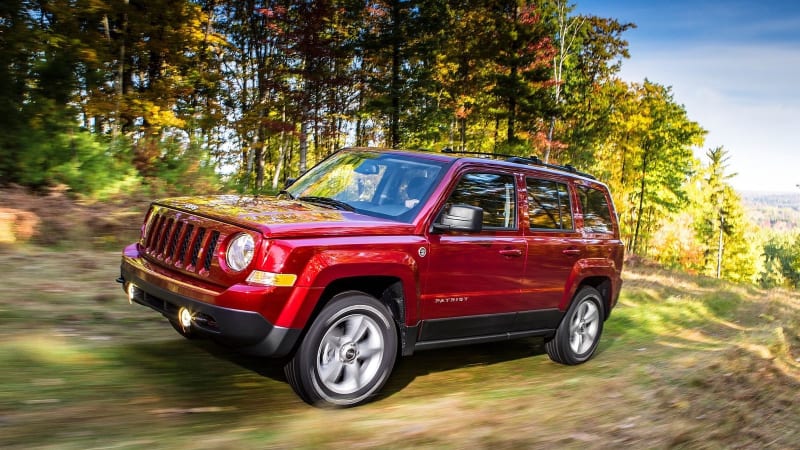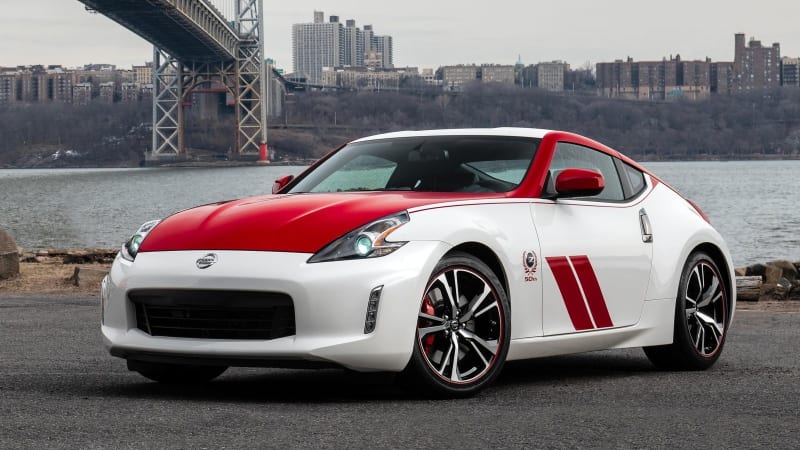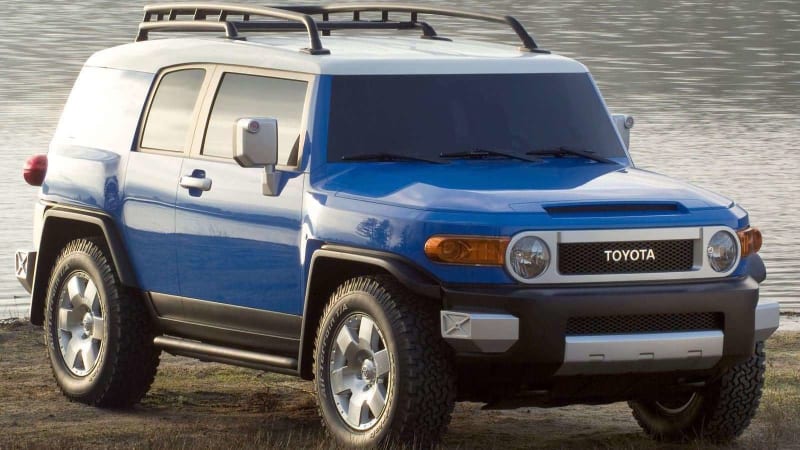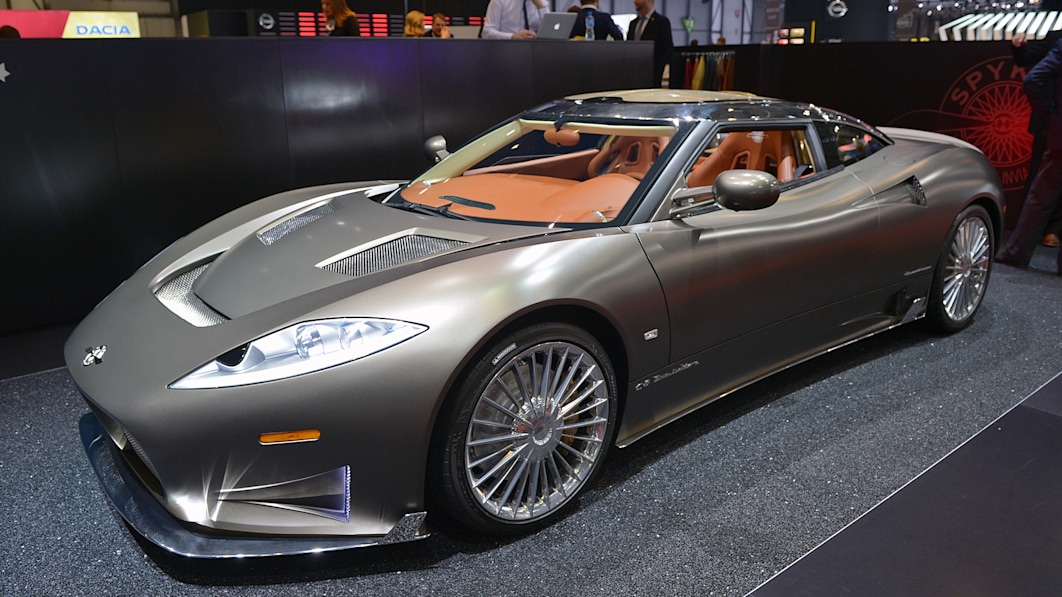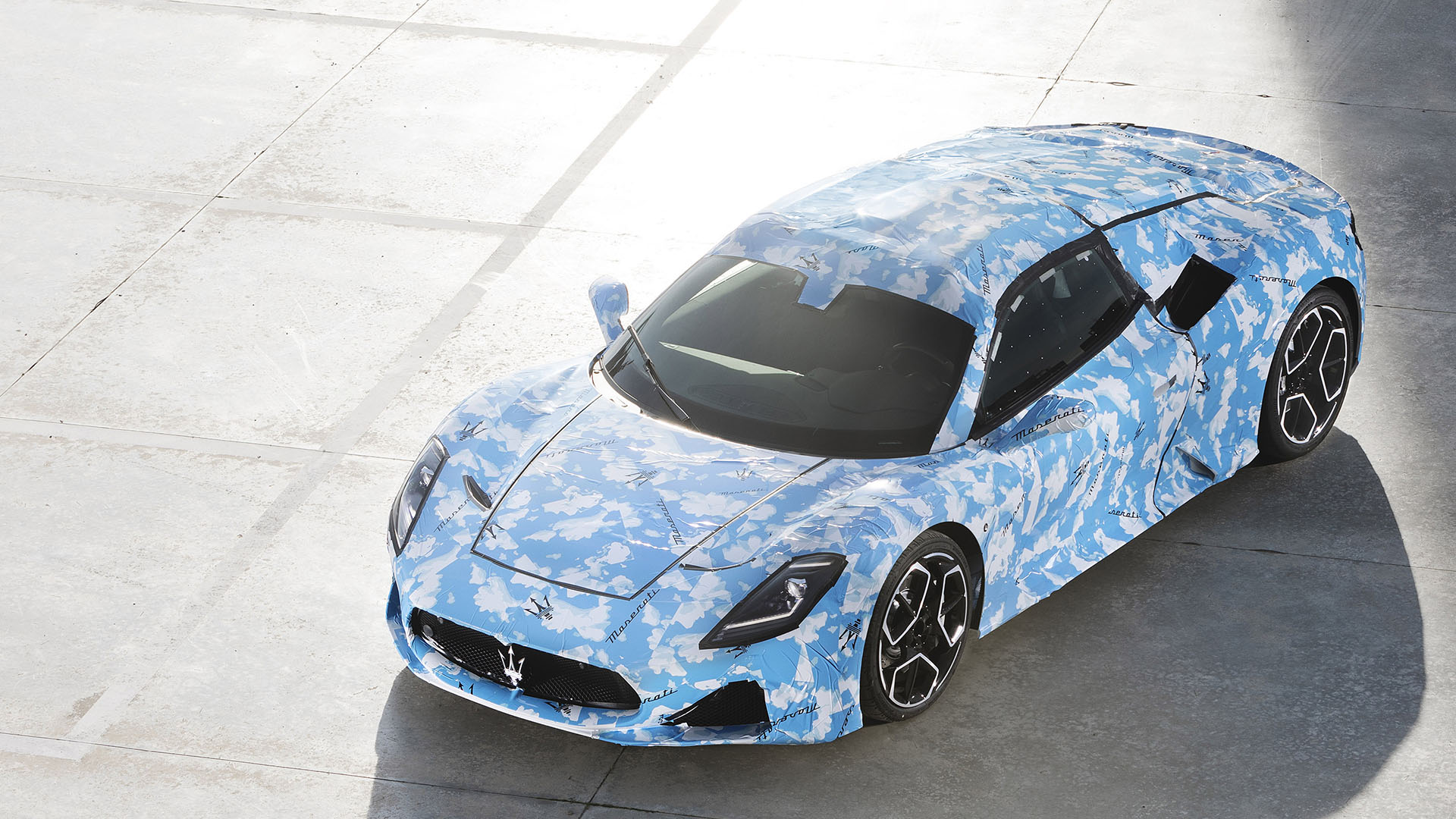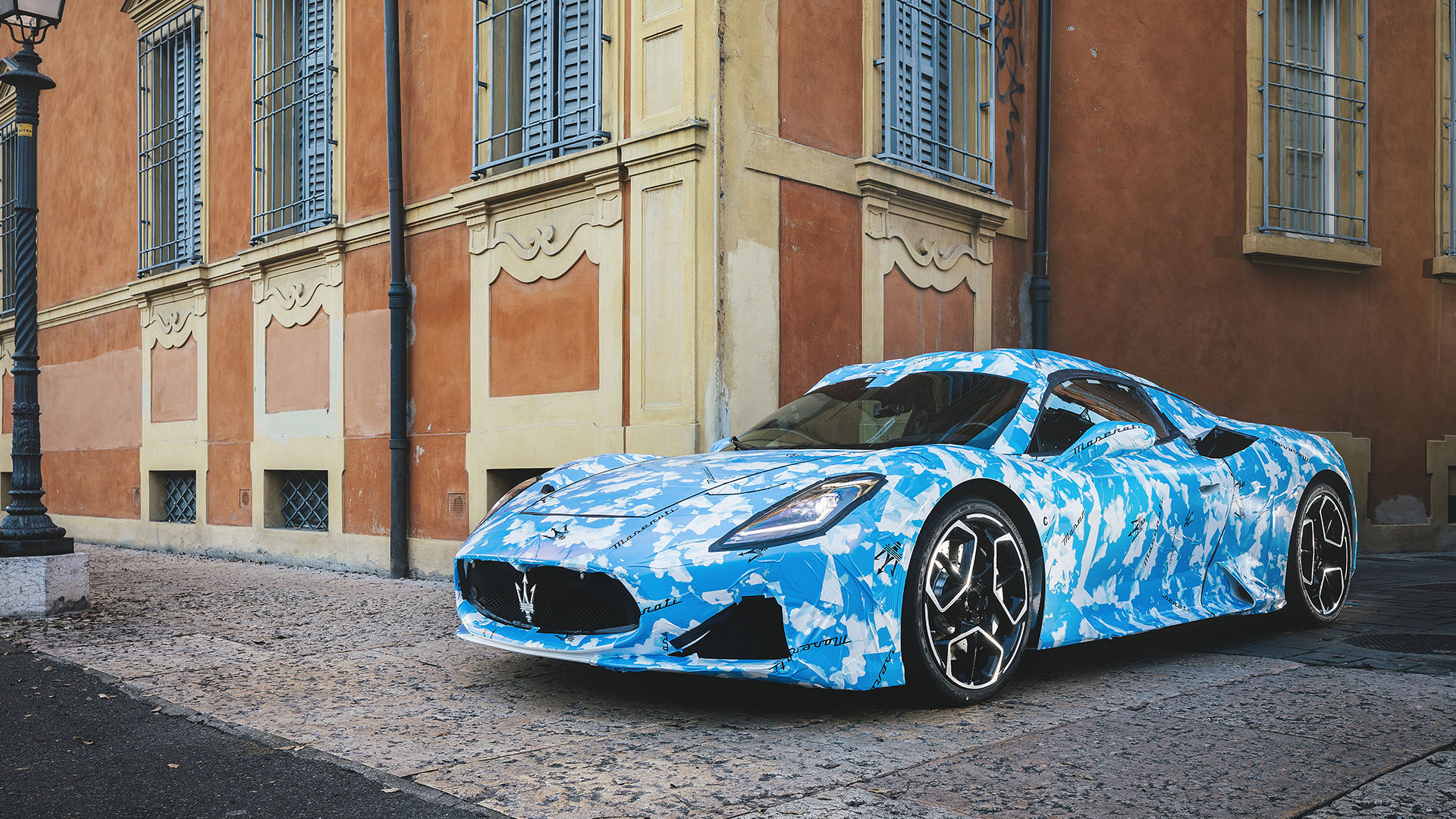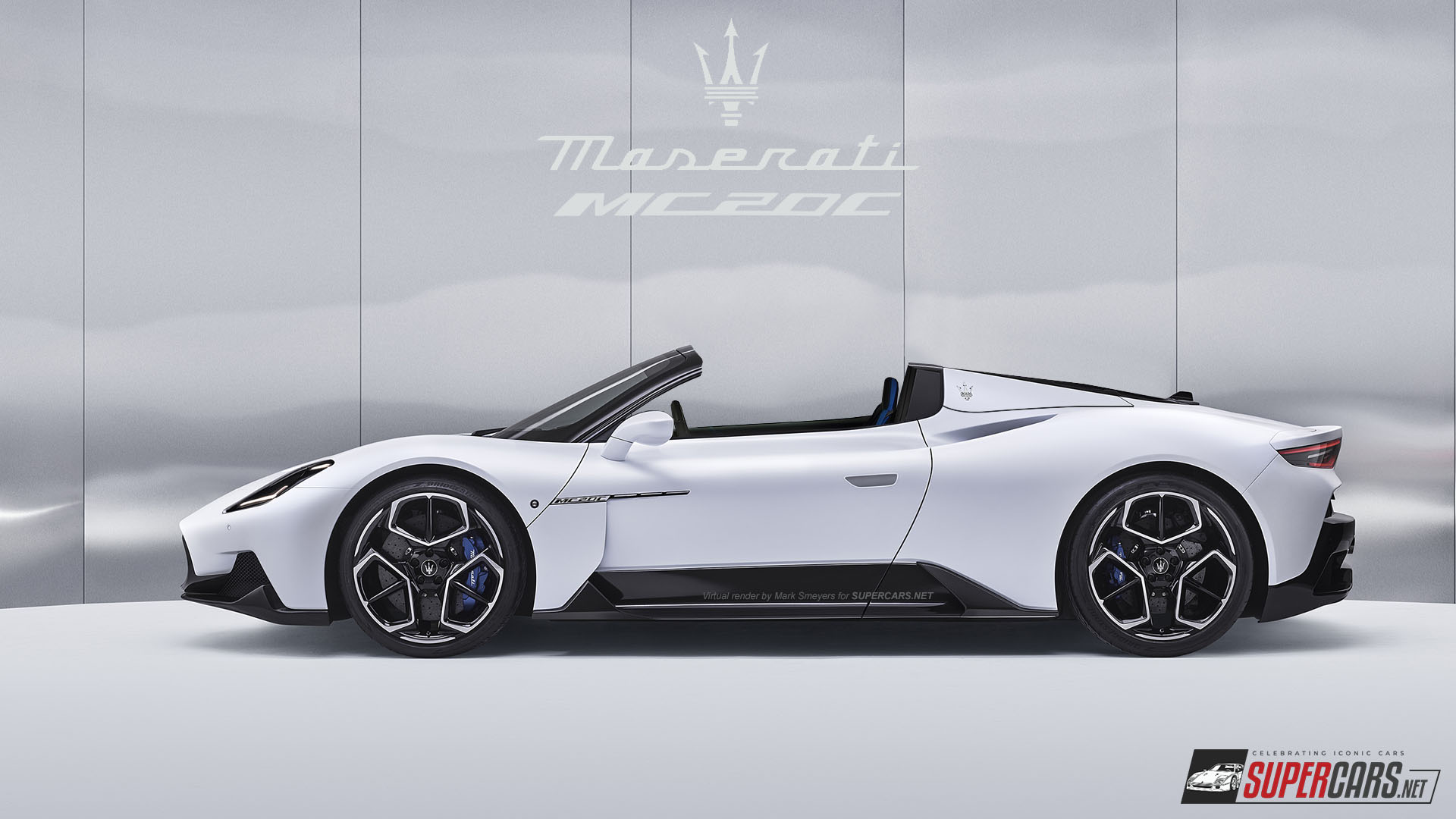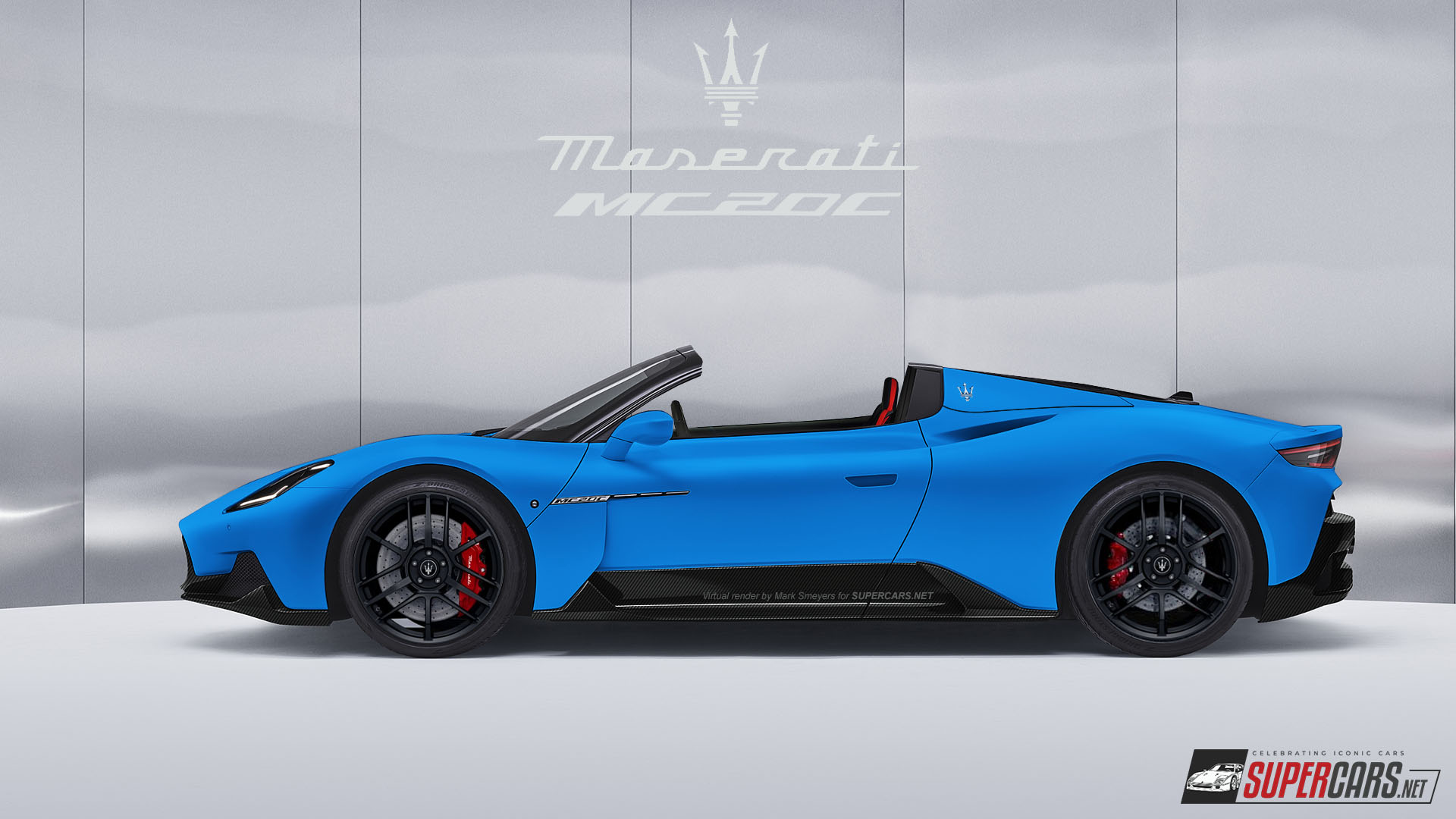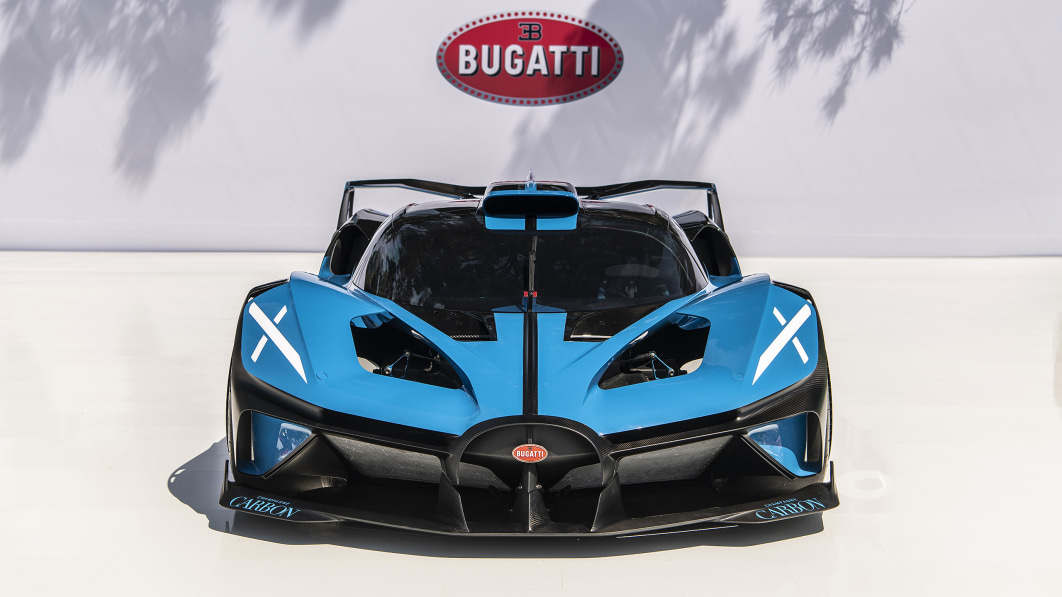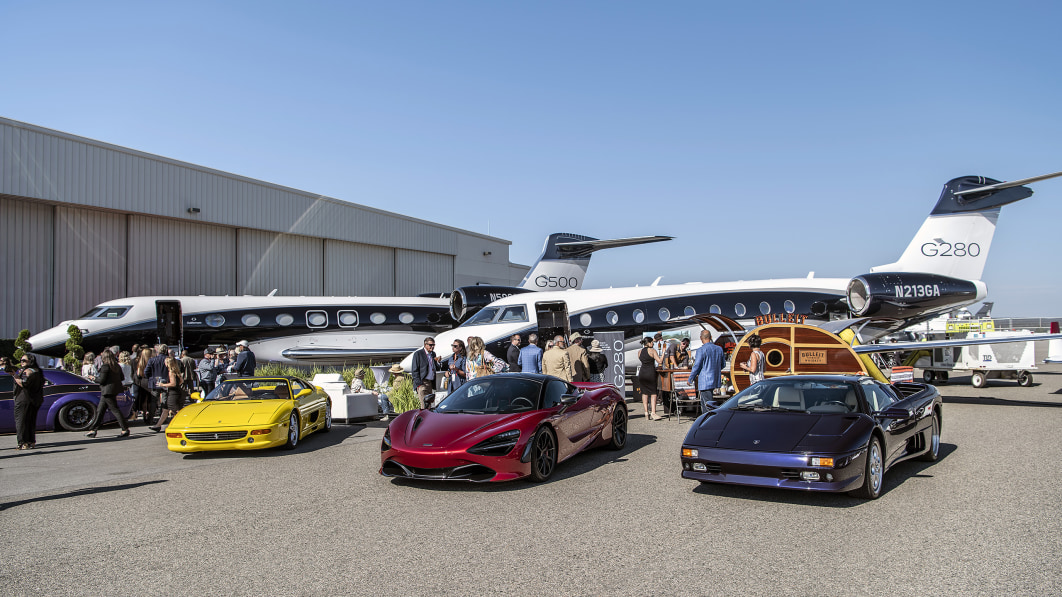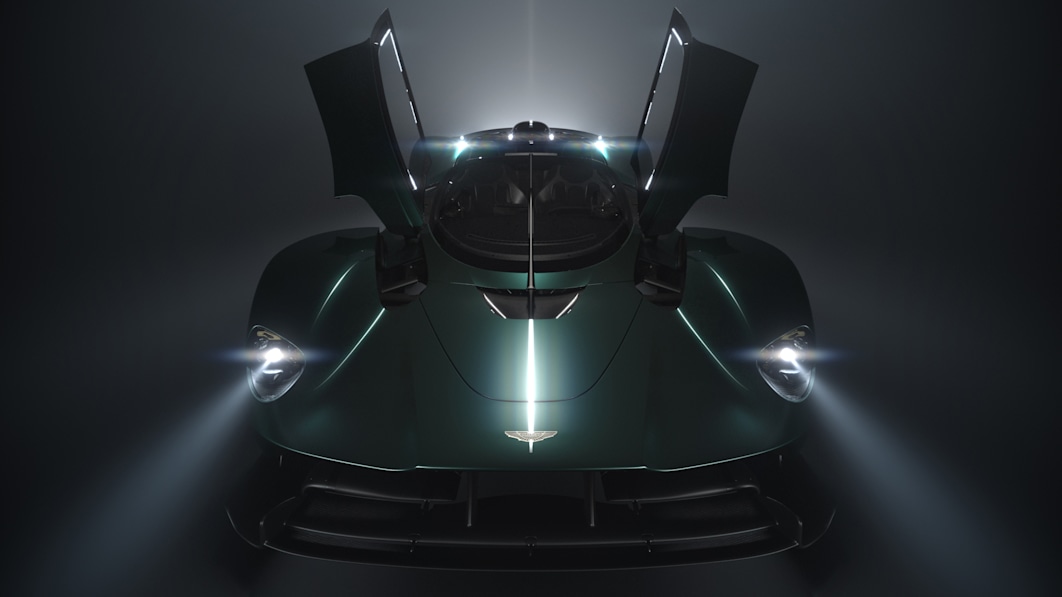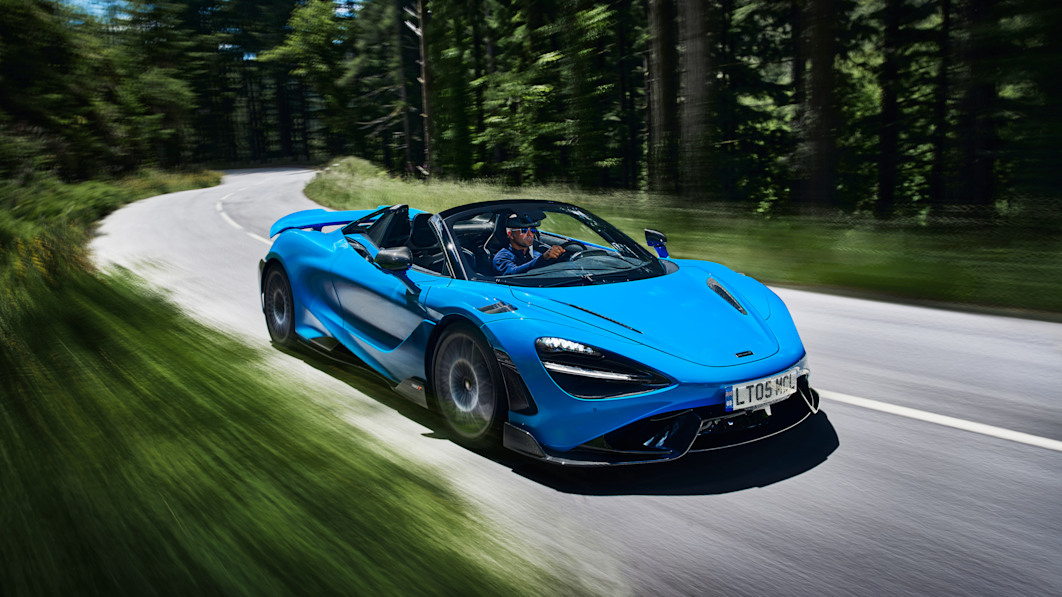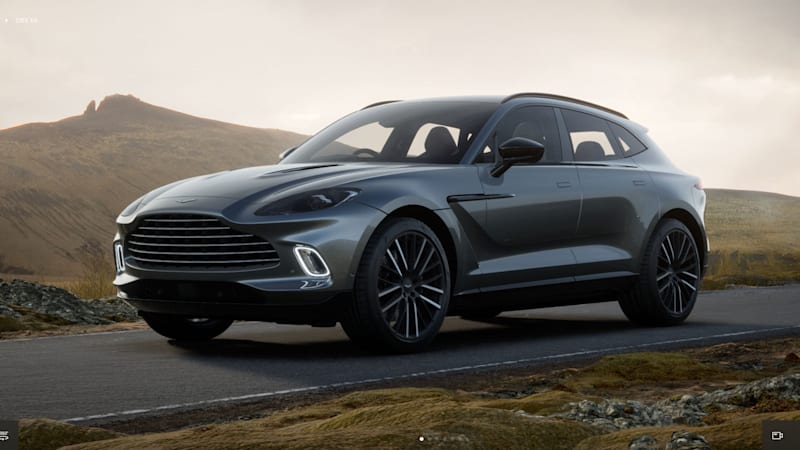The 2023 Chevrolet Corvette Z06 is home to the most powerful naturally aspirated V8 engine ever in a production vehicle. The 5.5-liter V8 produces 670 horsepower and 460 pound-feet of torque, and it’s going to scream like an Italian exotic thanks to the flat-plane crankshaft.
After working on it since 2014, and knowing how special this engine is, the GM engineers who poured their sweat and time into it set aside an afternoon to go into detail about everything someone might want to know. From this, we give you the 9 coolest things about the LT6 in the upcoming Z06.
![]()
Race car (and Ferrari 458) learnings
Yes, Chevy initially let on that an exotic flat-plane crank engine was coming via its C8 R race car a long time ago. Since then, we’ve learned that the 5.5-liter V8 in said race car is hugely similar to the one going into the production Z06 — they share the cylinder block, heads, valvetrain and fuel system. We all know the saying: “Win on Sunday, sell on Monday.” GM has taken this mantra quite literally, as the racing program has helped engineers develop the street car engine to a certain degree. What is perhaps even more intriguing, the Z06 street car engineers have helped the racing team improve their version of the Gemini, too.
The main benefit to the production car team was all of the validation data they were able to glean from the race team running the engine in competition over thousands and thousands of miles being pushed to the limit. Engineers got data on wear surfaces, heat management, operating parameters and more. The race and production car teams even shared parts at times, swapping between each other when one wanted to test something new that the other came up with. Even to this day, the two teams are collaborating to finalize what will ultimately end up in buyers’ driveways.
As for the Ferrari 458 learnings, you’ll enjoy learning that GM bought a wrecked 458 from Europe for $25,000 years ago, completely tore it down to learn what makes the Ferrari flat-plane crank so good, then applied that knowledge to its own V8. So yes, there’s definitely some Italian flair hidden inside this American supercar. A modern 458, anyone?
![]()
Cooling and oiling
If you recall the C7 Z06, Chevy had all sorts of cooling issues with that vehicle on-track. Engineers were determined to keep that from happening with the C8 Z06, as its cooling capacity looks over-engineered to the max. The total cooling capacity is increased by 50% over the standard Stingray with the Z51 pack, and it features five total radiators that are augmented by more powerful fans. The front bumper even features a removable aero panel that increases the front grille’s opening by 75% — Chevy suggests you remove this panel for track use. The real kicker is that Chevy was able to add all of this cooling without reducing storage anywhere in the vehicle, including the front trunk.
Track rats will be happy to know that the Z06 has a new and bespoke dry-sump oiling system. It features an engine-mounted plastic oil tank, and the system ultimately provides 85% more cooling capacity than the one in the C7 Z06. It features six scavenge pumps, a bottom-mounted oil cooler and is designed for excellent scavenging even at the high lateral g’s the Z06 is capable of pulling. Chevy claims the Z06 with the Z07 package can pull 1.22 g of lateral acceleration on a skidpad.
![]()
A mechanical valvetrain with high-tech materials usage
One particularly intriguing aspect of the Z06’s engine is its use of a mechanical (not hydraulic) valvetrain that GM claims will never require maintenance or adjustment throughout the life of the engine. It’s lashed at the plant, and the clearances are measured three times throughout the life of the engine build, but it should never need service. GM says this is possible through the use of today’s modern materials. For example, the finger followers are highly polished with a diamond-like carbon coating and made of hardened steel. The exhaust valves are hollow cavity sodium-filled nitrided steel valves, and the intake valves are made of titanium. Everything is designed to resist wear to an extreme degree. Even in GM’s high-mileage validation runs, engineers say that everything remains in spec.
This all goes to underline that while the Z06’s engine might be an exotic design, GM says it won’t require an exotic level of maintenance and short service intervals. It’s been subjected to all the same GM validation tests that the Stingray goes through, so expect it to perform just the same in extreme conditions.
![]()
Of course, it’s a flat-plane crank design
Ultimately, the reason this Corvette will scream like an Italian exotic is down to its flat-plane (not cross-plane) crankshaft design. This gives you a different firing order and a balanced air and exhaust flow. Chevy says the crankshaft is made of forged steel, and it’s 33% lighter than the crankshaft in the Stingray’s LT2 engine.
![]()
Every engine is hand-built by a single technician
Plus, each Z06 engine gets a plaque that is signed by the single technician who put it together. Chevy says that it takes approximately 3 hours to build a single engine, and all of them will be assembled at the Performance Build Center in Bowling Green, KY.
Once built, every LT6 gets shipped to a local dyno facility where it’s put through a 20-minute procedure that runs the engine under full-load and high engine speed. Similar to the standard Corvette, the break-in period is 500 miles long. Torque in first and second gear is automatically limited during this time.
![]()
The air conditioning system is track-rated
GM’s target for its air conditioning system in the Z06 was to enable proper cabin cooling during track use with an ambient temperature of 100 degrees Fahrenheit. If that isn’t the most American supercar target to hit, we don’t know what is. To achieve that goal, Chevy had to engineer a new air conditioning system that is different from the C8 Stingray. To run the compressor when the engine is screaming at 8,600 rpm, Chevy used a lower pulley ratio. However, this slowed the pulley down too much at low speeds and at idle, so the team had to increase the A/C compressor size to make up for the change. GM suggests that the air conditioning in the Z06 is actually slightly better than the Stingray now because of this switchup. Plus, you can be nice and cool running on track in extreme conditions.
![]()
The exhaust system’s adjustable valving is a first for GM
The exhaust of the Z06 is such a key factor to enjoying the car, and GM didn’t overlook its importance. Instead of a normal adjustable exhaust where the valve has two settings, open (loud) or closed (quiet), the valving in the exhaust system is highly adjustable through many settings. The valves — found in the center pipes — are controlled by the engine ECU using patented software, and it allows GM to tune them in 2 degree increments. The outboard pipes are the Corvette’s “low-flow” pipes and do not feature valves. In total, GM allows three different valve preset positions that are selectable by drive mode: Tour, Sport and Track. As expected, Track is the loudest setting, though GM says it’s loud enough that you may have to dial it back on racetracks with strict noise regulations.
As for the exhaust performance, GM says its new exhaust architecture results in a 21% backpressure reduction versus the C7 Z06, and the muffler itself is 20 pounds lighter than the C8 Stingray’s muffler. Just as you’ve seen in the photos, it features a center exit that GM says was a last-minute change to drastically improve the sound.
54 Gemini rockets can be found throughout every LT6 engine
Chevy’s internal name for the LT6 project was Gemini, in reference to NASA’s Gemini space program. The team sees this as a moonshot of an engine, so therefore it wanted to imbue it with some space tributes. If you look hard enough, you’ll be able to find a total of 54 Gemini rockets throughout every single engine. Happy hunting!
![]()
Chevy still calls it a Small Block
This one’s weird. The only thing the LT6 has in common with the traditional Chevy Small Block V8 is its 4.4-inch bore centerline spacing. Also, it’s been engineered and designed by the same team responsible for the traditional Small Block V8. Besides that, this engine is a totally new, clean-sheet design. Formally, GM engineers say it’s a “Gemini Small Block.” In practice, there’s nearly nothing similar between this advanced DOHC engine design and the old push-rod V8 found in the regular Corvette Stingray. So go ahead, get to the comments and give us your thoughts on whether this should still be referred to as a “Small Block V8.”
Related video:

